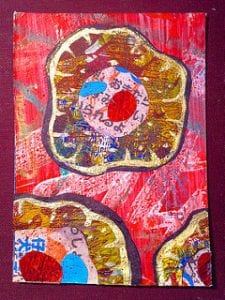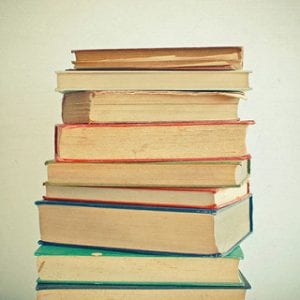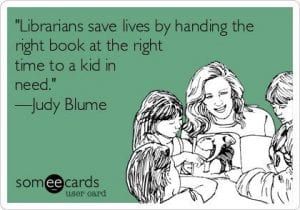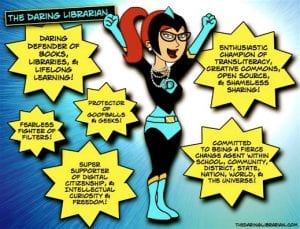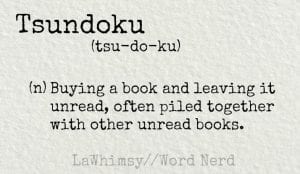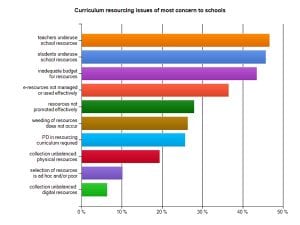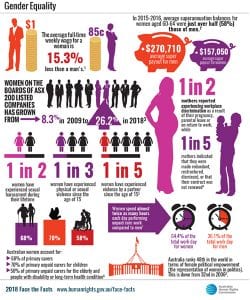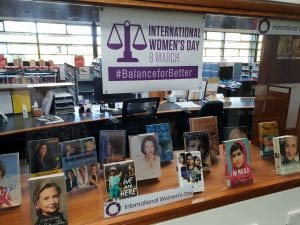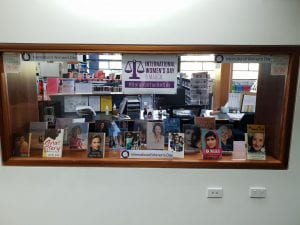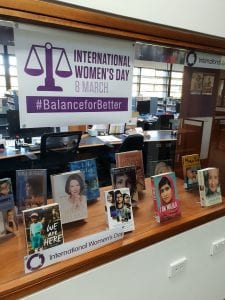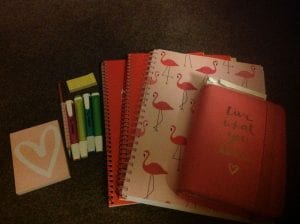
Majabel_Creaciones / Pixabay
When I told my friends and family that I was starting my Masters in Teacher Librarianship, the most common answer was why? After recently losing my previous career as a scientist to automation and downsizing, my family was worried that I had once again picked a career with a terminal illness.
After all, it is a rather inauspicious time to become a teacher librarian. A recent report by BBC News (2016) highlights the loss of 8000 librarian jobs just within the United kingdom. Did I really need to go into debt to pay for a course that would be redundant in a few years time? What are my motives for even wanting to complete this course and becoming a teacher librarian? What does a teacher librarian do that is so different from a classroom teacher? After all, we all went to university and obtained our teaching qualifications and registered with the appropriate governing bodies. Why could I not do the role with just my education degree? Dewey isnt that hard and I do know my alphabet so … What’s the problem?
I posed a question on my Facebook wall to all my to ask them if their children attend a school with a library, the frequency of their attendance and if they knew their librarian was qualified. Out of the thirty five responses, only five of my friends knew with authority that their children’s school librarian was qualified and two were not even sure if they were teachers. As a parent I was astounded, as a teacher I am outraged.
There is no way we would accept unqualified teachers teaching our children english, maths, science or music. Then why are we as parents and voters accepting our children having a library not staffed with a qualified teacher librarian?
It then occurred to me that they did not know if the person their kids saw weekly was even qualified at their job. Teacher librarians are not on the forefront of the parent-school interaction and Bonanno (2015) corroborates that the profession is often invisible to the community. Upon thinking further, I realised that this is so true. The work that many T/Ls do is often behind closed doors, in meetings, collaborating with staff after hours, working late at night working on curriculum mapping, organizing resources, embedding technology into teaching practice. Quite often, even our own teaching colleagues are unaware of the work that is done behind the scenes. So teacher librarians and libraries need marketing tools to showcase their importance to the school, community and society.
One way of definitely promoting the profession is data analysis. We live in a world of budgets, KPIs and performance markers. School boards, P&C committees and the money holders are servants to data and data analysis and outputs are calculated carefully and measured against various markers. Teacher librarians need to make their contribution to the school and learning community tangible like actual data. Not just that the kids read more and are happier, but specify that reading rates are up 40% and wellbeing up by 15%. Be definite with data. Use the school’s NAPLAN scores to elucidate how effective the programs are within the school, or the lack of programs causing lower results.
Evidence based research is the most authoritative way on bolstering a library and a teacher librarian position within a school. Consider using research from around the world to prove your point. Bonanno (2015) points out very specifically, the direct correlation between the number of qualified staff members within a library and learning outcomes. Point out how literacy outcomes directly correlate to the library budget. Share educational articles and journals highlighting the importance of libraries to student wellbeing. Organize student surveys and evaluate the data. Teacher librarians know that they are highly capable and confident professionals with an innate sense of leadership but need to seen as part of the school community rather than a separate entity (Bonanno 2011).
So the next time some buffoon suggests that teacher librarians are not integral to a school community, remind them that in the information age, digital literacy is an essential skill and teacher librarians are the experts in information literacy. After all, who else will assist teachers in the planning and implementing of the curriculum, integrate multimodal resources into teaching and learning, as well as be the information expert of the school? We live in a complex digital environment, and a qualified teacher librarian is the gateway that connects curriculum to resources and classroom dynamics. Don’t you want that gateway in your school?
References
BBC News (2016) Libraries: The Decline of a profession? England. https://www.bbc.com/news/uk-england-35724957
Bonanno, K,l (2011) A profession at the tipping point: Time to change the game plan. ASLA conference. Retrieved from https://vimeo.com/31003940
Bonanno, K,. (2015) A profession at the tipping point (revisited). Access
http://kb.com.au/content/uploads/2015/03/profession-at-tipping-point2.pdf
Burton, S., (2017) Does the digital world need libraries. [BLog] Internet Citizen. Retrieved from https://blog.mozilla.org/internetcitizen/2017/09/04/libraries/
The Guardian (2017) What jobs will still be around in 20 years? Retrieved from https://www.theguardian.com/us-news/2017/jun/26/jobs-future-automation-robots-skills-creative-health
Stripling, Barbara K 2014, ‘The peril and promise of school libraries’, Advocating for School Librarians, American Libraries. from http://www. americanlibrariesmagazine.org/article/ advocating-school-librarians



